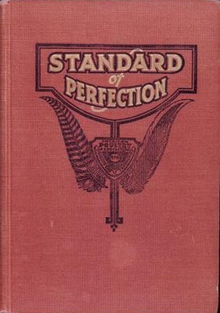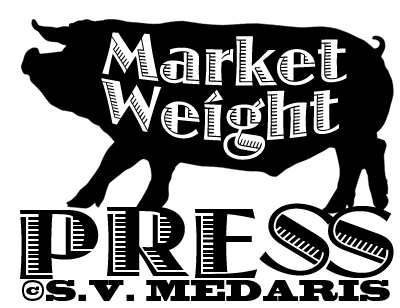 Took a fantastic bookbinding course at Valley Ridge Studio last weekend with instructor Daniel Essig! I love his work, and showcased his books in the book arts class when talking about contemporary book artists this past semester. He’s so inspiring. So, I was thrilled to be able to take his class and learn how to make his wooden book covers and Ethiopian binding.
Took a fantastic bookbinding course at Valley Ridge Studio last weekend with instructor Daniel Essig! I love his work, and showcased his books in the book arts class when talking about contemporary book artists this past semester. He’s so inspiring. So, I was thrilled to be able to take his class and learn how to make his wooden book covers and Ethiopian binding.
Click on any image to enlarge it.
 The book is about 5 inches tall, the cover wood is cherry–cut, filed, sanded, drilled, then stained with Kiwi shoe polish, then buffed to a shine.That window on the front encases some field corn and a small chicken feather (from a Black Laced Polish), sealed in with sheets of mica. Mica, or muscovite was originally used as windows in horse-drawn carriages as well as windows for early 20th century cars [more…]. Daniel uses it in many of his books and taught us how to cut, drill, peel and manipulate it for use in our books.Those are tiny little nails holding down the mica.
The book is about 5 inches tall, the cover wood is cherry–cut, filed, sanded, drilled, then stained with Kiwi shoe polish, then buffed to a shine.That window on the front encases some field corn and a small chicken feather (from a Black Laced Polish), sealed in with sheets of mica. Mica, or muscovite was originally used as windows in horse-drawn carriages as well as windows for early 20th century cars [more…]. Daniel uses it in many of his books and taught us how to cut, drill, peel and manipulate it for use in our books.Those are tiny little nails holding down the mica.
The thread is 4-ply and heavily waxed. the pages are a mixture of cotton rag paper sections alternating with mica sheets–all sewn in with the coptic stitch using 4 needles.
It’s a coptic (or chain) stitched book, but there’s a lot of detailed intricacies to drilling and sewing on the covers that I never would have learned by reading a book (that is, I wouldn’t have had the patience to figure it out from written diagrams all by myself). Daniel says that the Coptic-stitched book combined with the wooden covers is what makes this an Ethiopian binding, a style of bookbinding from the 4th century. More information about the history of this book form is here.
This spread (in progress) features one of my rooster’s spurs (cut in half with a jeweller’s saw)–you see the back of the spur here, encased in mica (click on the image to see the awesome growth rings exposed when it was sawed in half!). And on the right, some pages from a 19th century version of The American Standard of Perfection (a chicken breed book), sandwiched in-between sheets of mica.
Anyway, just wanted to share the experience here. To see much better made, polished, gorgeous books by Daniel Essig, as well as his amazing wooden sculptures and more, please visit his website. You’ll find his schedule of workshops there too, as well as information about his private workshops in his studio in Asheville, N.C., so you can learn how to make these too!






